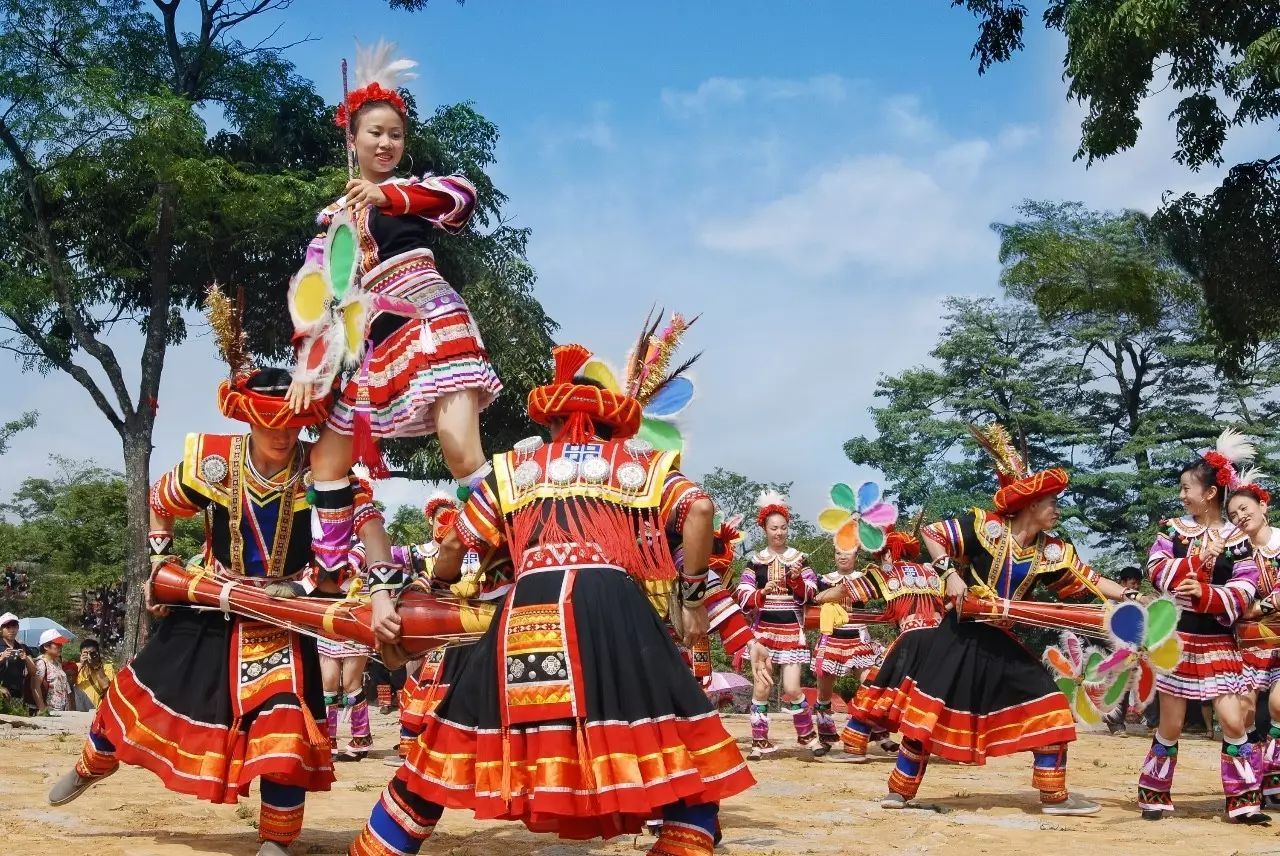
漢德百科全書 | 汉德百科全书
 Guangxi Zhuangzu Zizhiqu-GX
Guangxi Zhuangzu Zizhiqu-GX

 Chongqing Shi-CQ
Chongqing Shi-CQ
 Guangxi Zhuangzu Zizhiqu-GX
Guangxi Zhuangzu Zizhiqu-GX
 Guizhou Sheng-GZ
Guizhou Sheng-GZ
 Hubei Sheng-HB
Hubei Sheng-HB
 Hunan Sheng-HN
Hunan Sheng-HN
 Shaanxi Sheng-SN
Shaanxi Sheng-SN
 Sichuan Sheng-SC
Sichuan Sheng-SC
 Xinjiang Uygur Zizhiqu-XJ
Xinjiang Uygur Zizhiqu-XJ
 Yunnan Sheng-YN
Yunnan Sheng-YN
 Fujian Sheng-FJ
Fujian Sheng-FJ
 Guangxi Zhuangzu Zizhiqu-GX
Guangxi Zhuangzu Zizhiqu-GX
 Guizhou Sheng-GZ
Guizhou Sheng-GZ
 Hunan Sheng-HN
Hunan Sheng-HN
 Jiangxi Sheng-JX
Jiangxi Sheng-JX
 Sichuan Sheng-SC
Sichuan Sheng-SC

 Transport and traffic
Transport and traffic
 Highway
Highway






湘语(新湘语长沙话:/ɕiæ̃334 y42/;老湘语娄底话:/siɔŋ44 ny42/),又称作湘方言,有时也被泛称为湖南话,是汉藏语系汉语族的一门语言[3],是生活在中国洞庭湖、湘江、资江流域一带的湖湘民系使用的母语。现在,湘语使用者主要分布在湖南的大部分地区,包括长沙、湘潭、株洲、益阳、岳阳、娄底、衡阳、邵阳、怀化、永州等,以及广西壮族自治区的东北角一带。[3]
湘语是汉语的一支。若视汉语为“汉语族”的话,则湘语为一种单独的语言,而湘语内部可以划分出数支不同的湘语方言。无论如何划分,湘语的地位都跟官话、吴语、粤语、闽语、晋语、客语、赣语等相同,要么同为汉语之下的一级方言,要么同为汉语族里一种单独的语言。
Xiang, veraltet Hsiang, (chinesisch 湘語 / 湘语, Pinyin Xiāngyǔ, auch 湘方言, Xiāngfāngyán – „Xiang-Regionalsprache, Xiang-Mundart“) ist eine der chinesischen Sprachen. Sie ist nach dem Xiang-Fluss benannt und wird von über 30 Millionen Menschen vor allem in der Provinz Hunan gesprochen. Daher wird die Regiolekt auch als Hunan-Dialekt (湖南语, Húnányǔ, auch 湖南话, Húnánhuà) bezeichnet. Xiang war auch die Muttersprache Mao Zedongs.


Yangshuo liegt 65 km südlich von Guilin und ist eine der bekanntesten Reiseziele in der Provinz Guangxi im Süden Chinas.
Es ist diese unübertroffene Landschaft, die das kleine Städtchen weltberühmt gemacht hat. Der beste Weg, um die schöne Landschaft in Yangshuo und der Umgebung auszukosten, ist eine Radtour durch die unbeschreiblich schöne Natur.
Yangshuo ist ebenfalls ideal für Wanderen und Klettern, um einen Eindruck vom echten Landleben zu bekommen.
 Guangdong Sheng-GD
Guangdong Sheng-GD
 Guangxi Zhuangzu Zizhiqu-GX
Guangxi Zhuangzu Zizhiqu-GX
 Guizhou Sheng-GZ
Guizhou Sheng-GZ
 Hunan Sheng-HN
Hunan Sheng-HN
 Sichuan Sheng-SC
Sichuan Sheng-SC
 Yunnan Sheng-YN
Yunnan Sheng-YN

 Guangdong Sheng-GD
Guangdong Sheng-GD
 Guangxi Zhuangzu Zizhiqu-GX
Guangxi Zhuangzu Zizhiqu-GX
 Hunan Sheng-HN
Hunan Sheng-HN

 Music
Music

 Music
Music
 *Appreciation of famous music
*Appreciation of famous music

中央民族乐团 China National Traditional Orchestra
 Geography
Geography
 Vacation and Travel
Vacation and Travel
 Economy and trade
Economy and trade

 Eat and Drink
Eat and Drink
 Music charts
Music charts